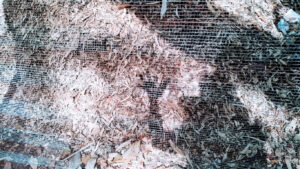








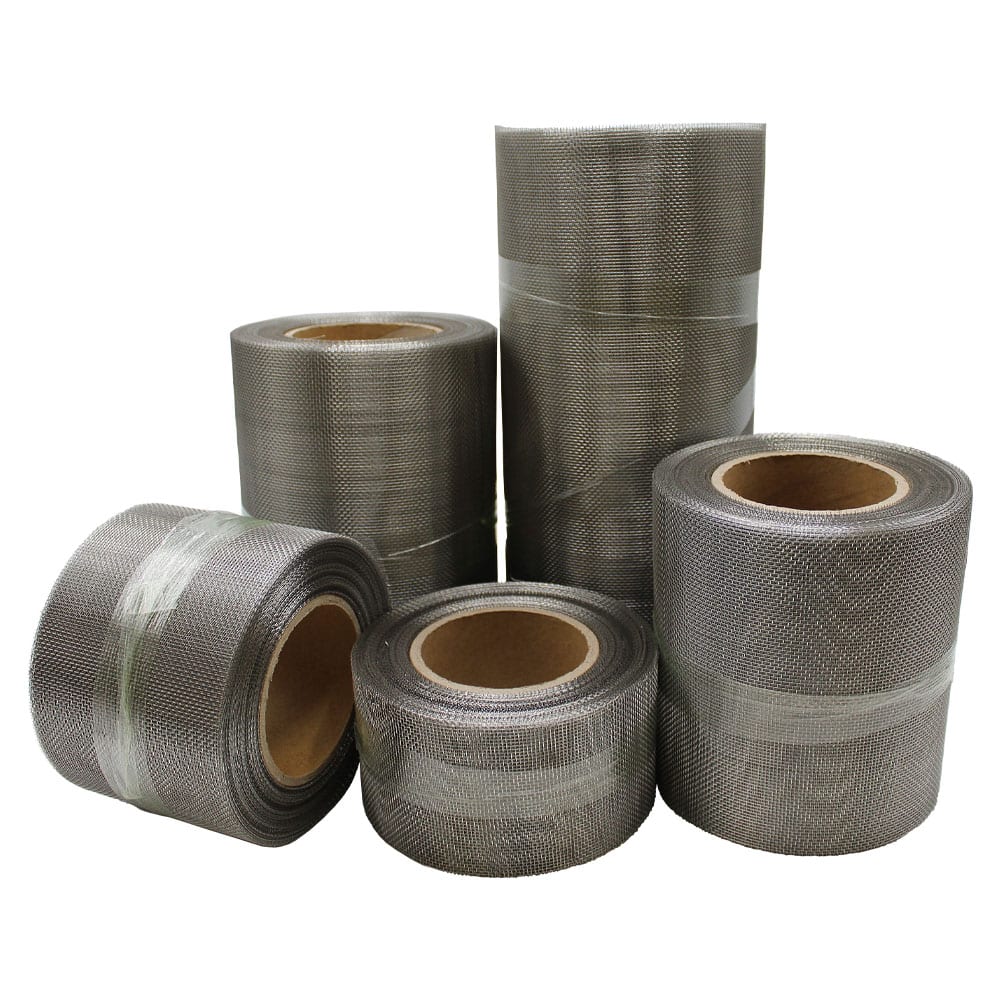
Insect mesh serves as a silent guardian, a barrier between the comfort of our indoor environments and the uninvited pests that buzz and crawl outside. As an unsung hero of pest control, it provides protection without obstructing the view or blocking fresh air.
This article examines the intricate production processes of insect mesh, with a particular focus on three key materials: stainless steel, aluminium, and fiberglass. Keeping pests at bay requires different materials, each with its own unique properties and manufacturing challenges.
As we explore the craftsmanship behind these screens, we will uncover the technical finesse involved in transforming raw materials into fine, durable screens.
History and Evolution of Wire Mesh: Wire mesh has a storied history, dating back to ancient times when it was used for everything from filtering wine to protecting lamps from flames. Technology has transformed wire mesh from a handcrafted art to a precision-engineered product over the centuries. Due to industrial weaving looms and modern metallurgy, wire mesh can be produced with exact specifications for a wide range of applications, including insect barriers.
Materials Used in Wire Mesh: Insect mesh is made from a variety of materials. The strength and corrosion resistance of stainless steel make for a durable insect mesh that can withstand the elements. In addition to being lighter and corrosion-resistant, aluminium is more pliable, so it’s easy to shape and install. Depending on the application and environment, both materials have advantages.
Woven Wire Mesh Production:
Creating woven wire mesh begins with drawing individual wires to the desired thickness – a fascinating process. In order to form the longitudinal structure of the mesh, these wires are warped onto a loom. Weaving involves interlacing warp wires with weft wires, which creates a stable and uniform barrier, similar to traditional textile weaving. Shedding, which separates the warp wires so the weft can pass through, and drawing-in, which integrates the warp wires into the weave pattern, complete the mesh. To enhance its properties, the woven wire mesh is rolled and may undergo additional finishing processes before being cut to size.
Insect mesh, a product that is often overlooked but essential, is a testament to the ingenuity and precision of modern manufacturing. By digging deeper into the production processes of stainless steel, aluminium, and fibreglass insect mesh, we gain a better understanding of material science and engineering.
The production of stainless steel insect mesh is a meticulous process that starts with the preparation of stainless steel wires. Wires are first drawn by pulling raw stainless steel through progressively smaller dies to reduce their diameter to the desired thickness. For insect mesh, such as the one with 1.36mm holes, the wire might be drawn down to a diameter of 0.23mm. This process not only sizes the wire appropriately but also strengthens it through work hardening, enhancing its tensile strength.
A 16 LPI mesh’s ability to act as an insect barrier depends on how it’s woven. The most common weave pattern is plain weave, which interlaces warp and weft wires over and under. As a result, you get a strong, rigid mesh with square openings. Any inconsistency could create openings big enough for insects to get through, compromising the mesh’s effectiveness.
The finishing process is the last step in making stainless steel insect mesh. The mesh can be treated after weaving to make it more durable and corrosion-resistant. Passivation gets rid of any free iron on the mesh to prevent rust, or electro-polishing smooths and streamlines the stainless steel surface. Powder coatings can also be applied to the mesh, providing additional protection against the elements and adding color if you want.
The manufacture of aluminium insect mesh begins with the crafting of aluminium wire. The aluminium starts as a large rod which is then drawn through dies in a similar manner to stainless steel. However, given aluminium’s softer nature, the wires are often annealed. This heat treatment process involves heating the aluminium wire and then allowing it to cool slowly, relieving internal stresses and making the metal more ductile. This makes it easier to weave without cracking or breaking.
The weaving of 18 x 16 LPI mesh presents specific challenges, as the balance between openness for air flow and tightness to prevent insect ingress must be maintained. The aluminium wires are carefully woven to achieve this LPI ratio, ensuring that each square inch of the mesh comprises 18 longitudinal wires and 16 transverse wires. The precision of this arrangement is crucial to create a consistent pattern that can repel insects effectively while allowing ventilation.
In terms of quality and durability, aluminium mesh undergoes rigorous testing to ensure it meets the high standards required for insect screening. This includes tensile testing to measure the mesh’s strength and resilience under stress. After weaving, the mesh is often treated to improve its resistance to environmental factors. This can involve anodising, which thickens the natural oxide layer on the surface of the aluminium, providing enhanced protection against corrosion and wear. The result is a durable, lightweight mesh that can withstand the challenges posed by weather and time.
Fibreglass insect mesh is made with fibreglass threads, which are different from their metal counterparts. Molten glass is pulled through tiny holes to create thin strands that are then woven together. The threads are often coated in PVC (polyvinyl chloride) before weaving, which not only adds strength and flexibility, but also makes them more durable and fray-resistant.
Getting 18 x 16 holes per linear inch requires careful attention to detail when weaving fibreglass mesh. A loom weaves fibreglass mesh by interlacing coated fibreglass threads in a crosshatch pattern, like weaving cloth. As a result, it maintains its shape, provides a consistent barrier against insects, and allows for good airflow and visibility.
In order for fibreglass mesh to look and function properly, it needs to be colored and coated. A PVC coating applied to fibreglass threads can be pigmented, so the mesh can come in grey, white, or black to suit different aesthetics and applications. Besides improving the weather resistance of the mesh, this coating also provides a waterproof barrier that protects against rain and moisture, and it’s also treated to resist UV degradation from sunlight exposure, so the mesh doesn’t get brittle or discolored.
Choosing the right material for insect mesh depends on its end-use application. For areas with harsh weather conditions or where a more robust barrier is needed, stainless steel mesh is often chosen due to its strength and corrosion resistance. Lightweight and easy to install, aluminium mesh is often used in residential settings. Its flexibility and range of colours make fibreglass mesh a popular choice for both residential and commercial applications.
The installation of different types of insect mesh requires different approaches. Fibreglass mesh can be cut with a simple utility knife and is generally safer to handle than metal mesh, which requires metal cutting tools. It’s important to ensure the mesh is taut when installing it to prevent sagging and gaps that could allow insects to enter.
There are considerations for each type of mesh when it comes to maintenance and care. Aluminium and stainless steel meshes can be cleaned with a mild detergent and water, while fibreglass mesh can be gently vacuumed or wiped down. To maintain its effectiveness as an insect barrier, inspect the mesh regularly for any signs of damage and repair or replace it as necessary.
Insect mesh production reveals a fascinating confluence of precision engineering and meticulous craftsmanship. From the strength and resilience of stainless steel mesh, capable of withstanding the rigors of the elements, to the lightweight flexibility of aluminium mesh, and the versatility of fibreglass mesh, each type is made with a sophisticated manufacturing process tailored to meet your needs.
It’s important to pick the right mesh for the right application after understanding these processes. For industrial environments, stainless steel mesh offers unyielding durability, aluminium mesh is practical for homes and offices, and fibreglass mesh adapts to a variety of design styles.
When we think about the meticulous creation of each mesh variant, we realize it’s more than just functionality. It is about selecting a product crafted with care, designed to offer not just protection but also comfort and longevity. We encourage readers to delve deeper into the unique properties of each mesh type, to appreciate the intricate work that goes into their production, and to make informed decisions that align with their specific needs.
Whether you’re protecting a laboratory, securing a home, or protecting a commercial space, insect mesh options are sure to meet your needs.
As always, thank you for checking out our blog. We hope that this helps you with your project. We try to launch a couple of new guides every week. Eventually we will have covered everything there is to cover about mesh.
You may be interested in our blog that explores how insect mesh can be used for soffit vents.
Our goal for our blogs and help guides is to answer as many questions as possible to help to explain the possibilities of mesh to our customers.
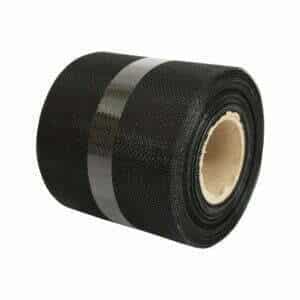

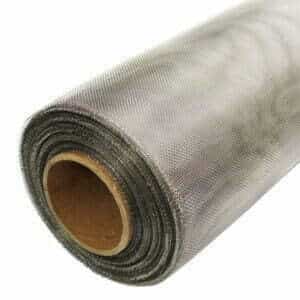
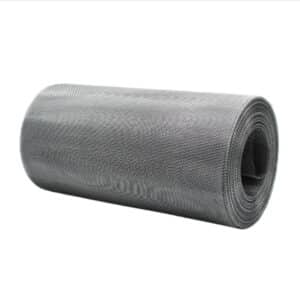
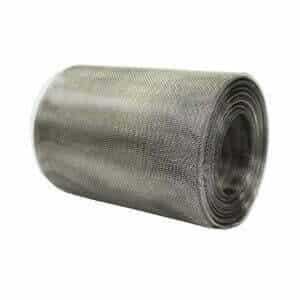
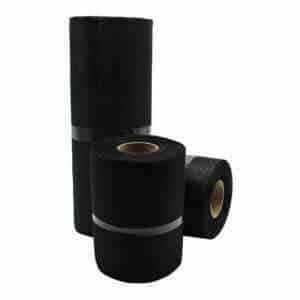
The largest range of wire mesh, chicken wire, wire fencing, woven wire mesh and perforated metal products in Europe, delivered direct from our Warrington warehouse.




Website by: Beech Web Services | Terms and Conditions | Cookie Policy | Privacy Policy | Website Terms and Conditions